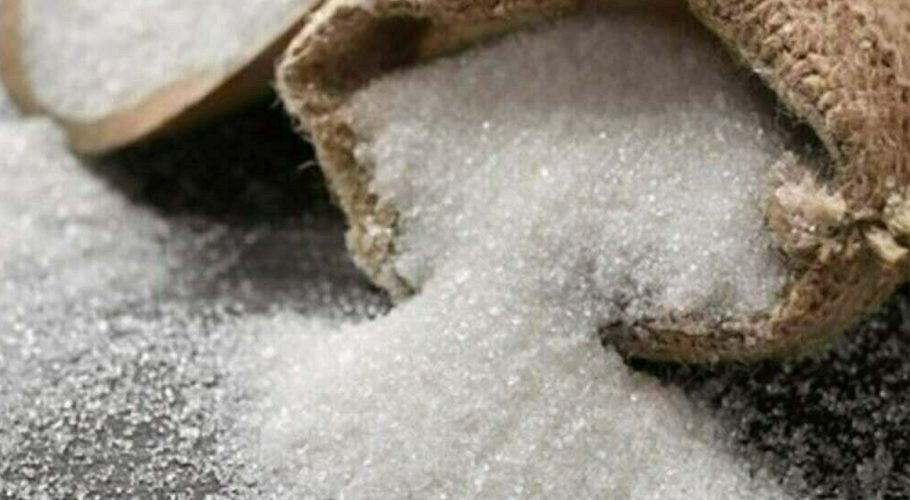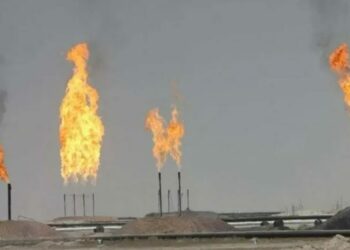Soaring sugar prices presented people in the third world countries with limited options. Due to high prices, the consumers in the poor countries opted to reduce consumption.
For numerous other bakers grappling with the challenge of staying afloat amid escalating costs for fuel and flour, the exorbitant sugar prices became the final blow, forcing them to permanently close shop.
Sugar is an essential ingredient in bread, a staple for Nigeria’s 210 million people. For many struggling to afford meals, bread provides a cost-effective source of calories. The recent surge in sugar prices, a 55% increase in two months, translates to fewer bakers and less bread.
Globally, sugar prices are at their highest since 2011, primarily due to reduced global supplies resulting from unusually dry weather affecting harvests in India and Thailand, the world’s second- and third-largest sugar exporters.
This adds to the challenges faced by developing nations, already contending with shortages in staples like rice and trade restrictions exacerbating food inflation. These factors contribute to food insecurity, exacerbated by the impacts of El Nino, the war in Ukraine, and weakened currencies. While wealthier Western nations can absorb higher costs, poorer nations are grappling with the consequences.
The United Nations Food and Agriculture Organization predicts a 2% decline in global sugar production in the 2023-24 season, equating to a loss of around 3.5 million metric tons (3.8 million U.S. tons). Sugar reserves are at their lowest since 2009, as more sugar is diverted to biofuels like ethanol.
Brazil, the largest sugar exporter, expects its harvest to alleviate shortages in 2024. Until then, import-dependent countries, including many in sub-Saharan Africa, remain vulnerable.
Nigeria, for instance, relies on 98% of its raw sugar imports. While efforts to boost domestic sugar processing are underway, the immediate impact is felt by traders, facing daily price increases and dwindling customers.
The global sugar crisis is attributed to various factors, including the El Nino phenomenon causing extreme weather conditions. India experienced its driest August in over a century, affecting sugarcane production. Similarly, Thailand witnessed a decline in both the quantity and quality of the harvest due to early El Nino effects.
Thailand, responding to rising sugar prices, imposed price controls, impacting farmers’ income and potentially hindering industry growth. While Brazil’s upcoming harvest is expected to be substantial, the global supply boost won’t materialize until March.
The world currently has less than 68 days of sugar in stockpiles to meet its needs, compared to 106 days in 2020. This scarcity, coupled with rising sugar consumption, poses a significant challenge in the coming months.
Countries like Indonesia and China, major sugar importers, are affected, with the latter releasing sugar from its stocks to counter domestic price hikes. For some nations, importing expensive sugar strains foreign currency reserves needed for essential commodities like oil.
In Kenya, once self-sufficient in sugar, insufficient rain and mismanagement led to a reversal of import restrictions, doubling the price of local sugar. The struggle of Nigerian bakers reflects the broader impact of rising food and fuel costs, exacerbated by high sugar prices, given the ubiquity of bread in the daily diet of many households. Passing on increased costs to consumers is not an option for bakers, leading to further challenges in already difficult circumstances.






























